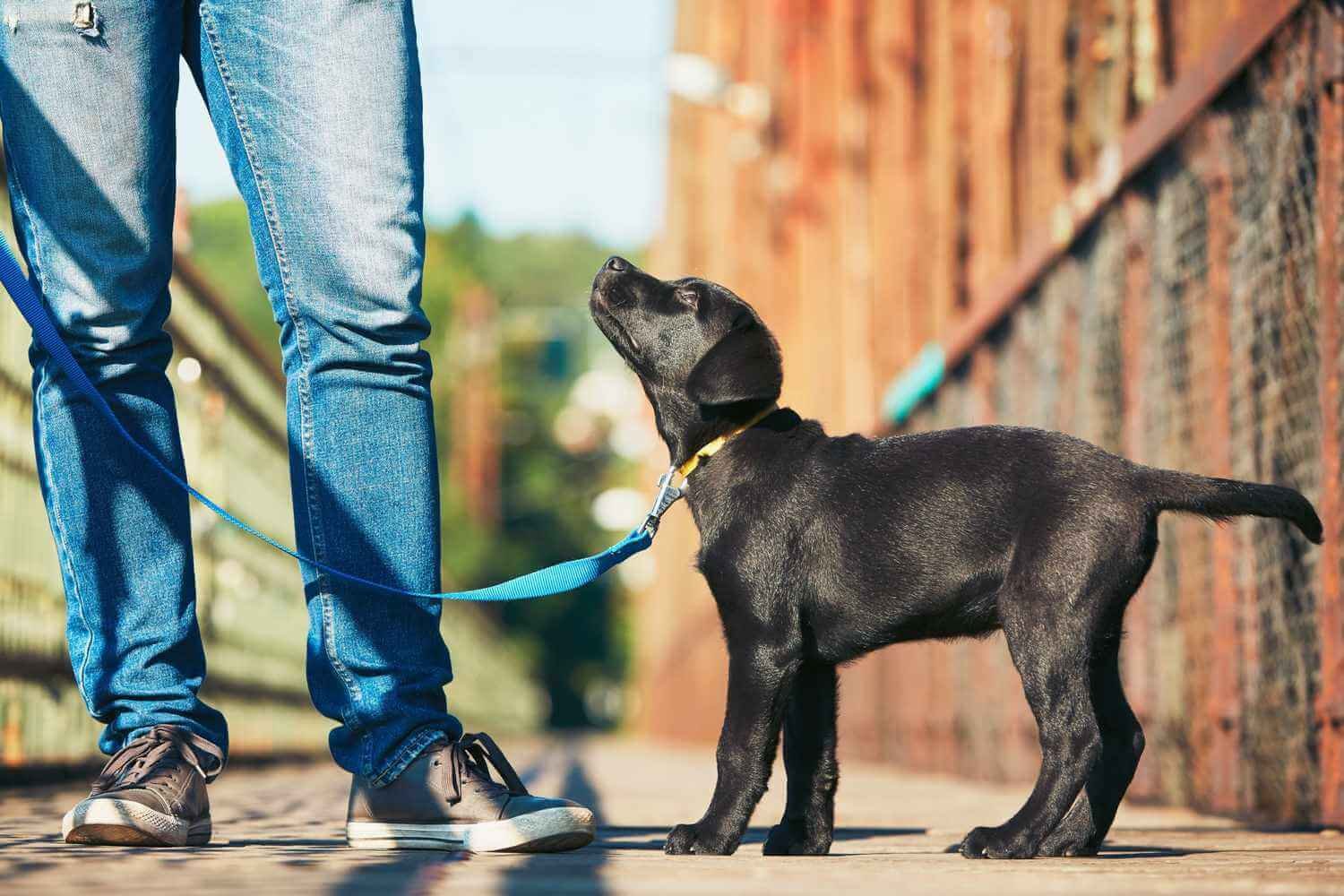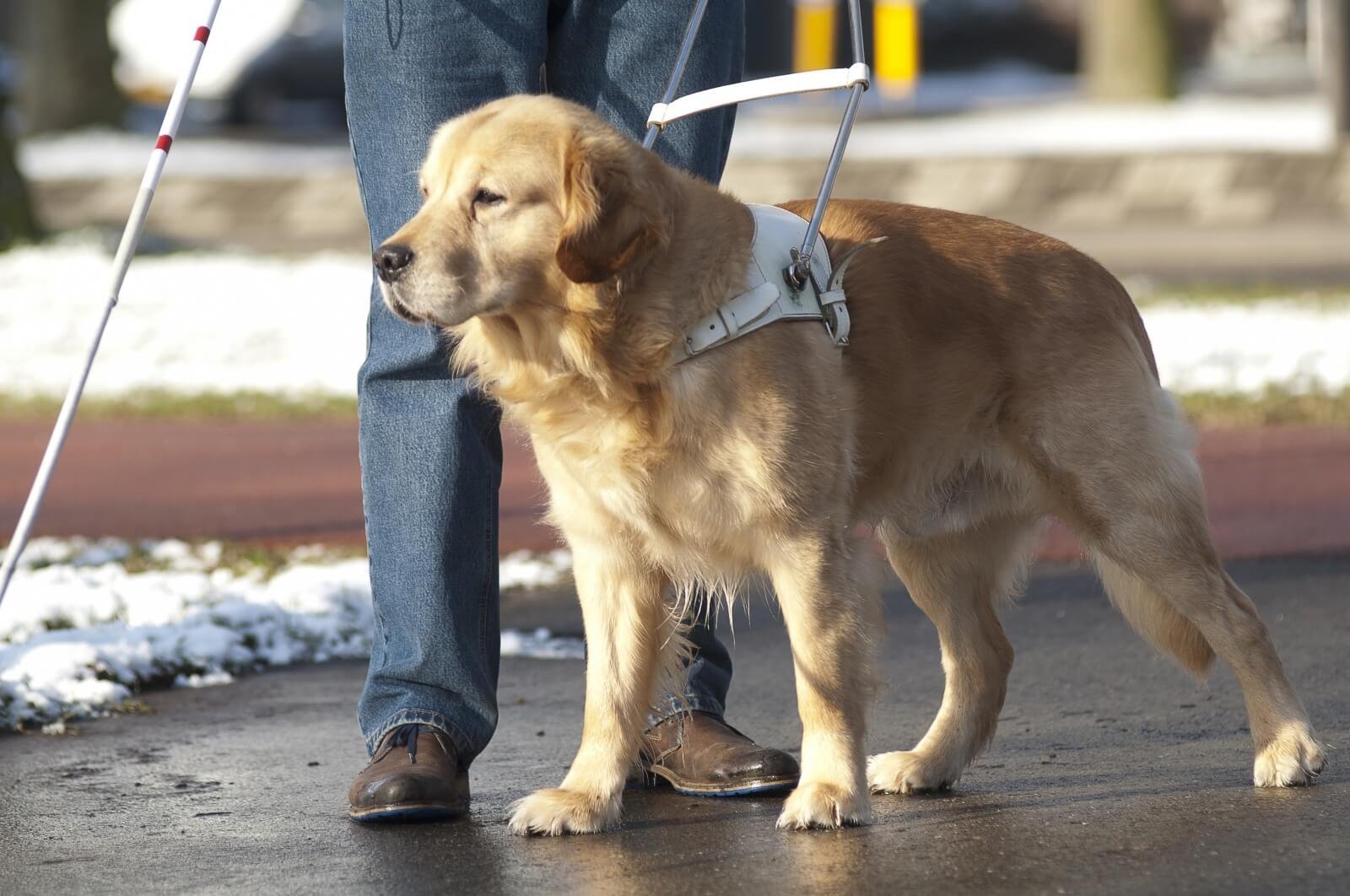3 Reasons Why Positive Punishment Techniques are Vital for Training Animals
Positive punishment is when a stimulus is introduced, in increasing intensities, to replace the undesired behavior. This can be done using an aversive stimulus or reinforcing the desired behavior with a reward. Positive punishment techniques are vital for training animals because they can be a very effective way of modifying their behavior in unpleasant situations. When used on a human, positive punishment refers to using an unpleasant stimulus to reduce undesired behavior. This is usually done by giving someone an electric shock or a slap as a form of discipline. Punishment is the intentional infliction of harm to discourage undesired or harmful behavior or achieve the desired result. Punishment limits freedom and is usually temporary—it is used in place of immediate force. It can also have a rehabilitative goal, such as reforming an offender into a law-abiding member of society. This differs from revenge, which intentionally inflicts harm on those who have harmed us with the intent to cause damage back. For example, if someone steals your car, you can punish them by calling the police and having them arrested. Also, if a person has done something illegal in the past, they might be sentenced to community service after they have paid their debt to society.
The three reasons why positive punishment techniques are essential for training animals put:
– It can be an effective way of modifying behaviors
– The use of positive reinforcement has the potential to produce unwanted side effects
– The use of positive reinforcement may also lead to resistance or learned helplessness
Animals learn better through positive reinforcement. Rewards work better than punishments. Positive punishment techniques are often ineffective and can lead to aggression.
In the past, a lot of people used the wrong way of training pets so that they could get their way by using violence or punishment to force them to do what they wanted.
But did you know that positive reinforcement is much more effective?
Positive reinforcement rewards the animal when it does something good and punishes it when it does something terrible. So many people are against this technique because they think it’s unfair if the pet gets what he wants only if he does exactly what we want but not if there’s any deviation from that plan. This is a very logical way of thinking.
Focus on teaching animals how to do one thing at a time with rewards (positive reinforcement). You will have fewer chances of having them forget what they’ve learned when other distractions come up ( negative reinforcement). Negative Reinforcement and Caging Negative reinforcement is often seen in the cage when a caged animal is placed there because he did not do what was asked by their owner. To avoid this damaging behavior in the future, you can use positive reinforcement to stop the undesired behavior.
The Benefits of Using Positive Reinforcement in Dog Training

Dogs are like children. They can be stubborn and hard-headed. But, they respond better to positive reinforcement. A dog will get excited and want more of it with positive reinforcement because it is rewarding for them.
The benefits of using positive reinforcement in dog training are numerous: it encourages the puppy to trust its owner more, it improves the bond between you and your pet, it is an easy way to train a puppy without having to use force or being harsh on them, lessens stressful conditions for owners who are preparing their pet for the first time and finally, with this method there is a lesser chance that you will lose your temper with your puppy because when the problematic moment arises, you will be able to treat them with kindness instead of anger still.
Positive reinforcement in dog training provides many benefits, such as boosting trust between yourself and your pet, improving the bond between you and your pet, and making training easier without being harsh on them. There is also less of a risk of the dog developing behavior problems due to being mistreated. Types of reinforcement positive reinforcement can be reinforced with food, praise, and toys. A common way to reinforce positive behavior is to give rewards at specific intervals or after a certain number of repeated correct responses. If your pet performs the desired behavior enough times, they will eventually get used to the routine and start expecting their reward each time they go through it.
Positive reinforcement rewards the dog with a reward, or something they like, to encourage them to do the desired behavior. The idea is that the dogs will be more likely to repeat this behavior if it is successful and gain pleasure, or at least not fear it. Negative reinforcement is a punishment that is used to stop a behavior. For example, if you are trying to stop your dog from jumping on the couch and they do it, you may use a leash or chair to corral them until they calm down.
What is the best way to train my dog with a positive approach?
When training a dog, positive reinforcement is the best approach. Aversives like yelling and physical punishment are often considered aversive, but they might be more efficient in some cases. For example, if the dog is not following instructions, more serious punishments might be necessary to stop bad behavior. However, when training a dog to learn new behaviors, it’s better to give them attention and rewards when they do what we want them to do. Saying “no” is important when training a dog, but it should be used as a last resort. Most times, dogs learn new behaviors by following instructions. If the dog does not understand what you are asking them to do, you can use verbal commands to help them know what you want them to do.
The best way to train your dog is through a positive approach. What does this mean? You should reward and praise your dog for good behavior instead of punishing or reprimanding it for bad behavior.
We have seen many benefits of rewarding dogs for good behavior rather than punishing them for bad behavior. This technique is widely adopted by people who are training their dogs. The idea is that if you reward a dog for behaving well, then it will be more likely to behave well in the future. Because it is being cited as it has learned that the desired behavior will lead to a reward, There are several ways to reward a dog’s good behavior. A token is a piece of paper that you can write on with the name of the desired behavior, and then your dog will have earned that sticker for behaving at school, work, or on walks. A sticker can be used just as a token and as a point, you can award to your dog for behaving well at the end of the day.
Training a dog creates a strong bond between the dog and its owner. With this in mind, we want to start with a positive approach since this will set them up for success. When training, always provide praise and rewards when the desired behavior is completed, and negative feedback (punishment) should be avoided at all costs.
If someone has yet to experience with dogs, they may wonder how they can train their dog without knowing what they are doing.

How do I teach my dog new commands with positive behavior?
There are many different ways to train a dog. Strictly following any one method is one of many ways, so you always have options.
If you are looking for a quick way to teach your dog new commands, clicker training is an option. Clicker training is all about positive reinforcement, which can be used to introduce new behaviors and reinforce old ones. One of the main benefits of this type of training is that it’s swift and easy to use, which makes it a good option for people who want to spend less time teaching their pets new tricks. Clicker training can be done with any behavior, but it is most often used to train dogs new tricks, such as sitting or rolling over. You can also use clicker training for older dogs that could be doing better on other types of training.
Many dog owners naturally tend to demonstrate undesired behavior to their dogs, such as grabbing their paws when they do something wrong. It’s essential to learn how to take control of your dog’s actions by teaching them commands and giving them a new perspective on their environment. Some undesired behavior that might require correction is an aggressive stance, excessive barking, or jumping on people or objects. When the dog is asked to perform a task such as sit and stay, correct any undesired behavior with the sit command followed by a sharp noise such as your voice or a clap of your hands.
There are many ways that you can train your dog on commands, but these three methods should be enough for most people:
1) You can teach the dog the command by simply repeating the command with a treat in your hand.
2) You can set up gates and barriers for the dog to prevent it from taking specific actions, such as jumping on furniture.
3) You can use a leash or a muzzle when walking with your pup to prevent unwanted behavior.
You can train your dog to perform tricks and commands in several ways. Some trainers recommend using the “clicker training” method, which rewards your pet with treats when they complete an order correctly.
Others believe in using positive reinforcement, such as clapping or patting them on the head. It all comes down to what works best for your pet – some dogs respond better to verbal encouragement, while others need treats or toys to get them going. Some factors that will help motivate your dog include: Knowing your dog – are they highly motivated, or do they require a lot of attention to get going? Different things work well for other dogs; they must be aware of their personality. For example, one type of dog might respond better to treats, while another might require more toys. It all comes down to what works best for your pet.
Most importantly, you are having fun with your dog and teaching them new tricks simultaneously!



